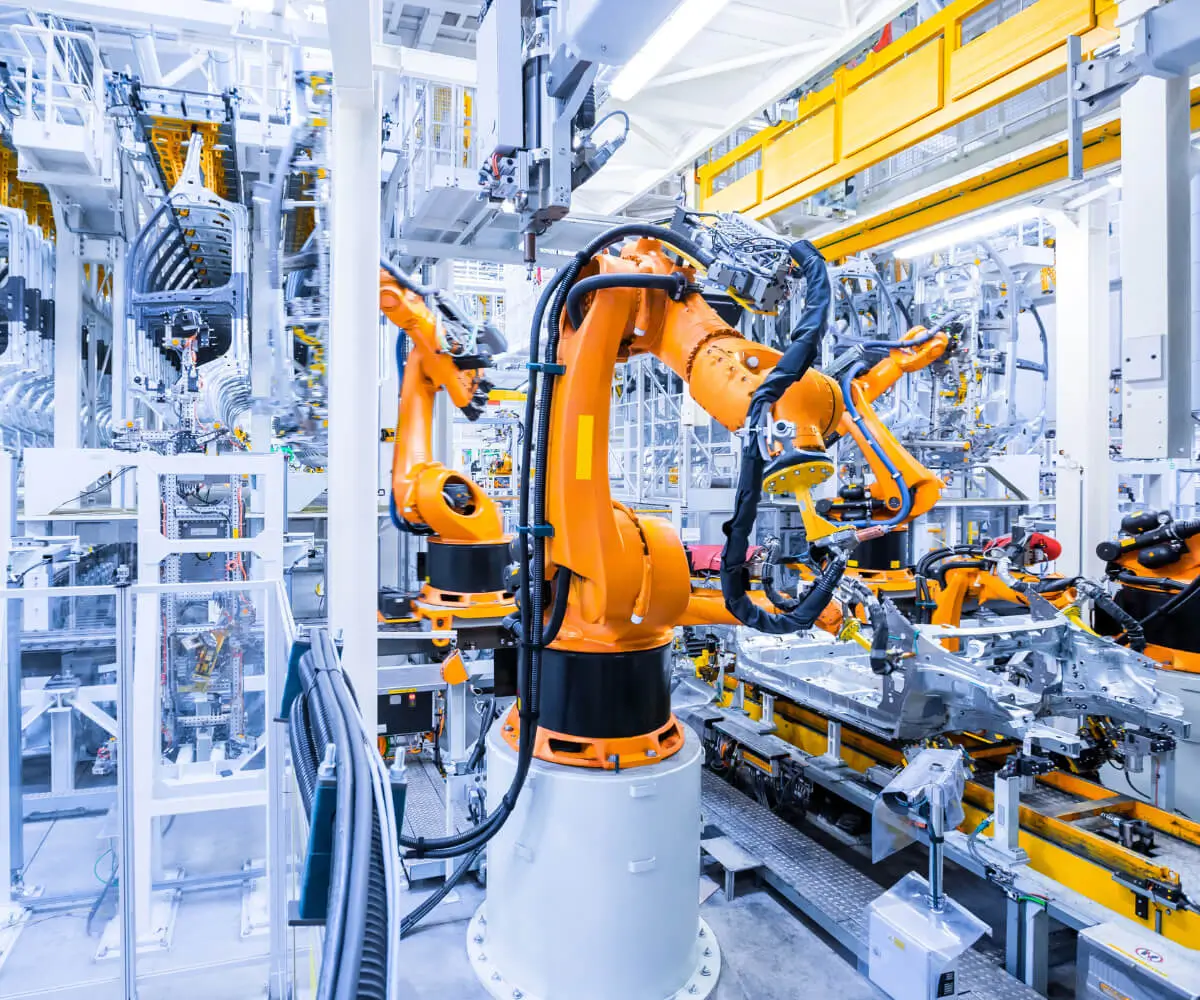part 1:
In the world of mechanical engineering and automation, the little components often have the biggest impact. Among these unsung heroes of industry are low speed gear motors—machines that combine torque, durability, and precise control in a compact, reliable unit. While their name may suggest a simple function—moving slowly—they embody an impressive blend of engineering sophistication and practical utility.

Imagine a bustling factory assembly line. At first glance, you might see robots, conveyor belts, robotic arms—machines designed to increase productivity and safety. But behind the scenes, the often-overlooked gears and motors play a pivotal role in ensuring everything runs smoothly. www.low speed gear motors are essential in applications where precise control, high torque, and steady operation are necessary at low rotational speeds. These motors are not just about moving slowly; they are about moving with purpose.
What exactly is a low speed gear motor?
At its core, a low speed gear motor is a combination of an electric motor and a gear reducer, working in tandem to produce a low rotational speed with high torque output. The motor generates rotation, but it does so at a high speed—often thousands of revolutions per minute (RPM). The gear reducer then dramatically reduces this speed, multiplying the torque and allowing the motor to perform tasks demanding strength and finesse simultaneously.
This configuration isn’t new; it’s rooted in centuries of gear engineering but has evolved into efficient, compact units suitable for demanding modern applications. The gear reduction stage is like a finely tuned translator—taking the high-speed language of the motor and converting it into the slow, powerful whisper needed for precise tasks.
Applications that thrive on low speed gear motors
These motors might sound niche, but their versatility is vast. They are the backbone for machinery that requires meticulous control and significant torque at low speeds. Some common applications include:
Conveyor systems: Moving parts gently but steadily, especially where delicate items are involved. Automated doors and gates: Ensuring smooth, controlled opening and closing. Industrial mixers and agitators: Gentle but powerful blending operations. Elevators and lifts: Precise movement and smooth operation. Robotic arms: Fine manipulation and heavy-duty operations at controlled speeds. Medical equipment: Precise, gentle operation in sensitive devices. Printing presses and packaging machinery: Accurate, uniform motion essential for quality output.
Benefits of choosing low speed gear motors
One reason engineers and designers favor low speed gear motors is their ability to deliver high torque at low speeds, something standard motors cannot achieve efficiently without gear reduction. Here are some standout benefits:
Enhanced Torque Output: The gear reduction amplifies torque, making it possible to move heavy loads or exert controlled pressure without sacrificing precision.
Precise Speed Control: By adjusting gear ratios, manufacturers can tailor the motor's output to suit specific needs, from a gentle 10 RPM to moderate speeds.
Improved Efficiency: Gear motors optimize power usage, providing a reliable performance with less energy waste.
Compact Design: Integrating gear reducers into the motor assembly results in space-saving designs, perfect for applications with limited space.
Durability and Longevity: Well-designed gearboxes and motors can operate continuously over long periods with minimal maintenance, thanks to high-quality materials and engineering.
Reduced Noise: Modern gear motors are engineered to operate smoothly and quietly—an important feature in environments like hospitals or homes.
Types of gear reduction mechanisms
The heart of a low speed gear motor lies in its gear mechanism. Different types include:
Spur Gears: Simple, reliable, ideal for moderate loads and speeds. Helical Gears: Offer smoother and quieter operation, suitable for higher loads. Bevel Gears: Designed for changes in axis direction, used in specialized applications. Planetary Gears: Provide high torque within compact spaces; common in robotics and aerospace.
Each type has its specific qualities, and selecting the right gear mechanism depends on factors like torque, speed, load, noise requirements, and physical space.
Engineering considerations and customization
As with any finely tuned machine, careful engineering goes into producing these gear motors. Customization options abound—gear ratios, motor types (AC or DC), size, casing materials, lubrication, and control interfaces. Engineers work closely with clients to match the motor to specific operational needs, ensuring maximum efficiency and lifespan.
The durability of low speed gear motors largely depends on factors like gear material quality, lubrication, and thermal management. Modern manufacturing techniques, such as CNC machining and advanced materials like composite or ceramic gears, enhance lifespan and performance.
Leveraging innovations in modular drive technology, Kpower integrates high-performance motors, precision reducers, and multi-protocol control systems to provide efficient and customized smart drive system solutions.




































